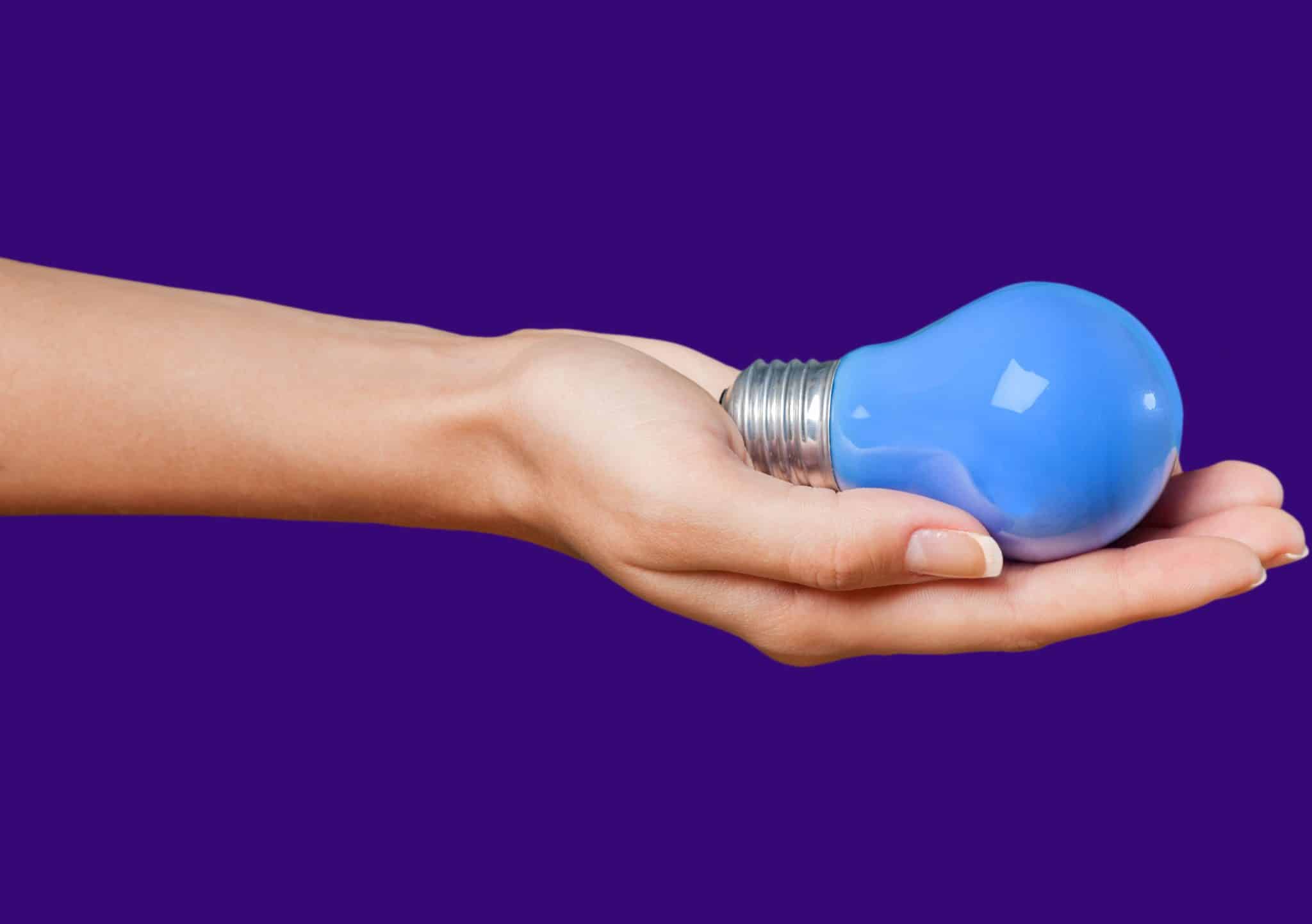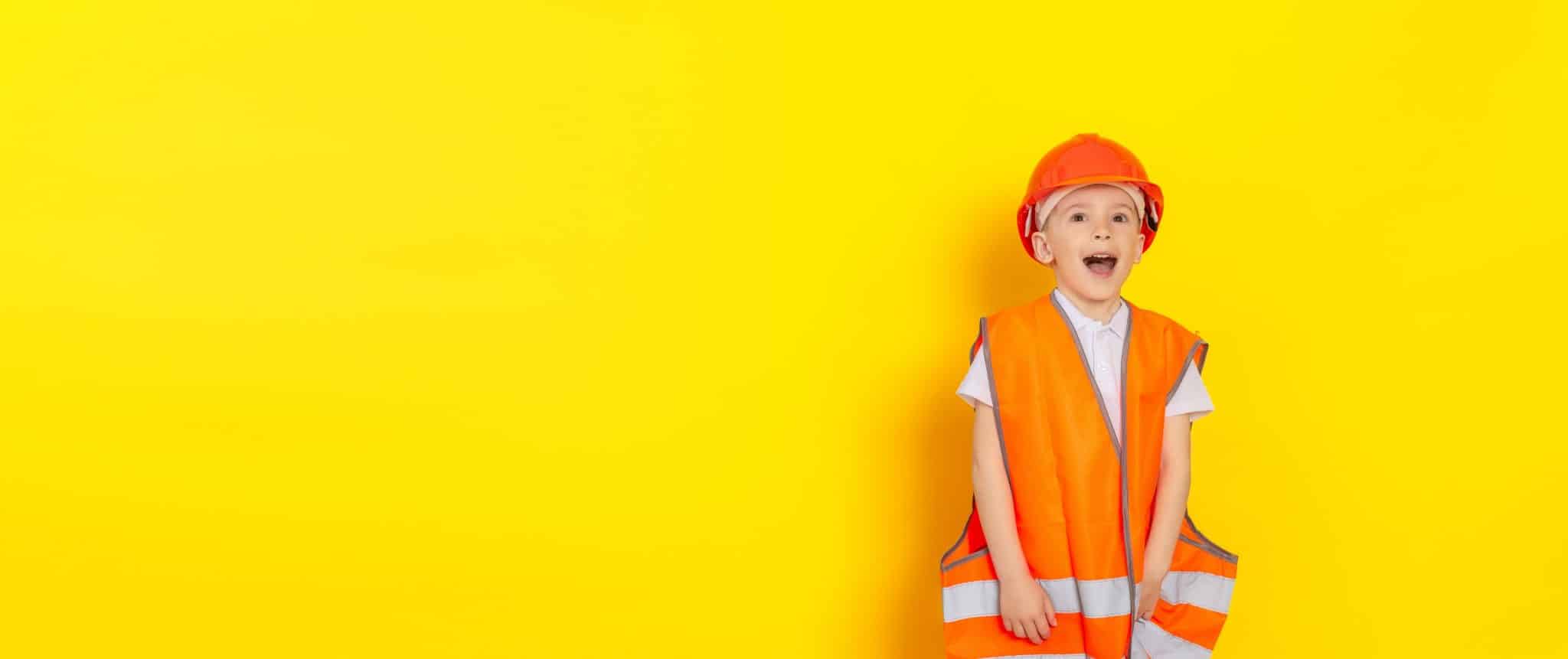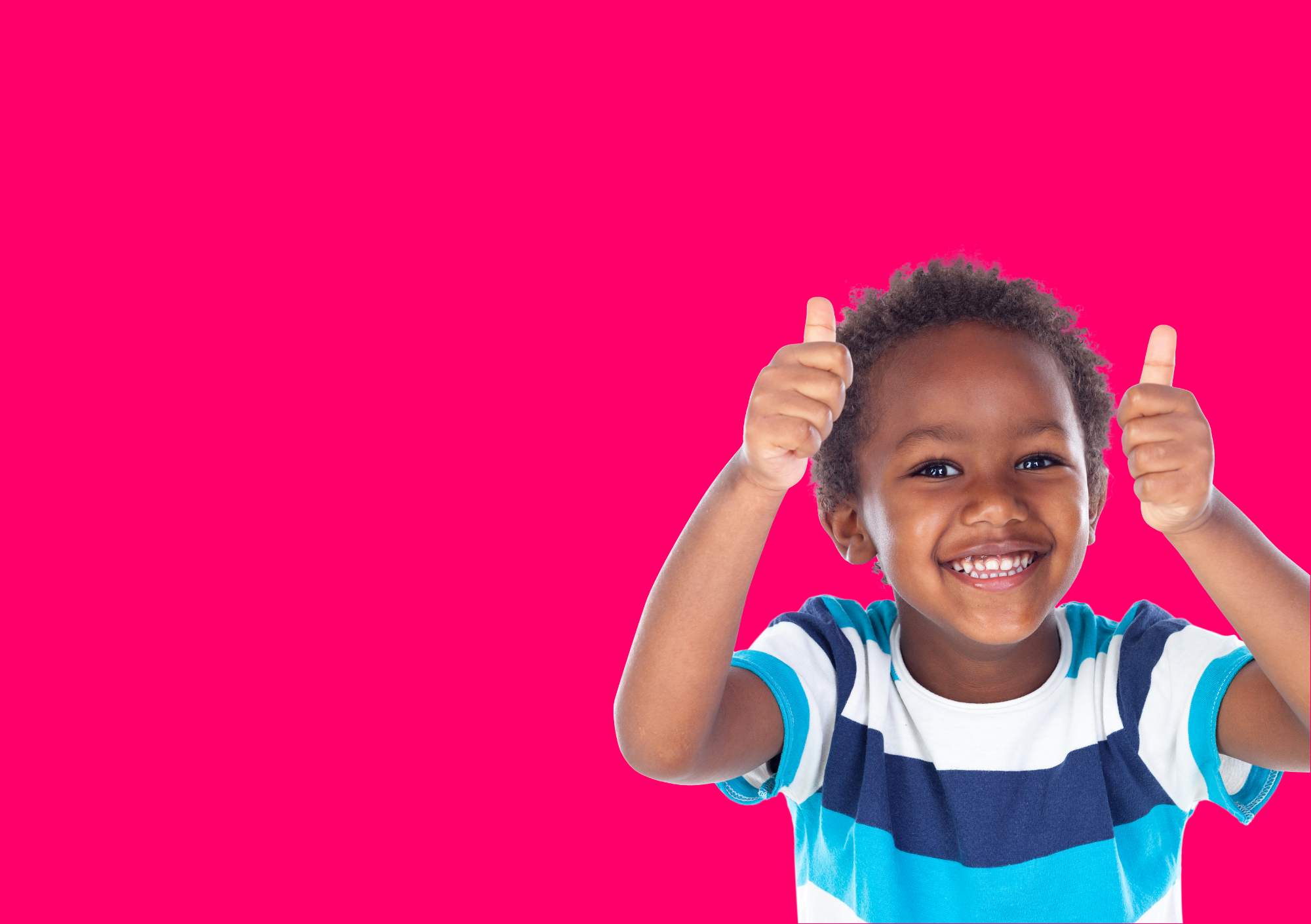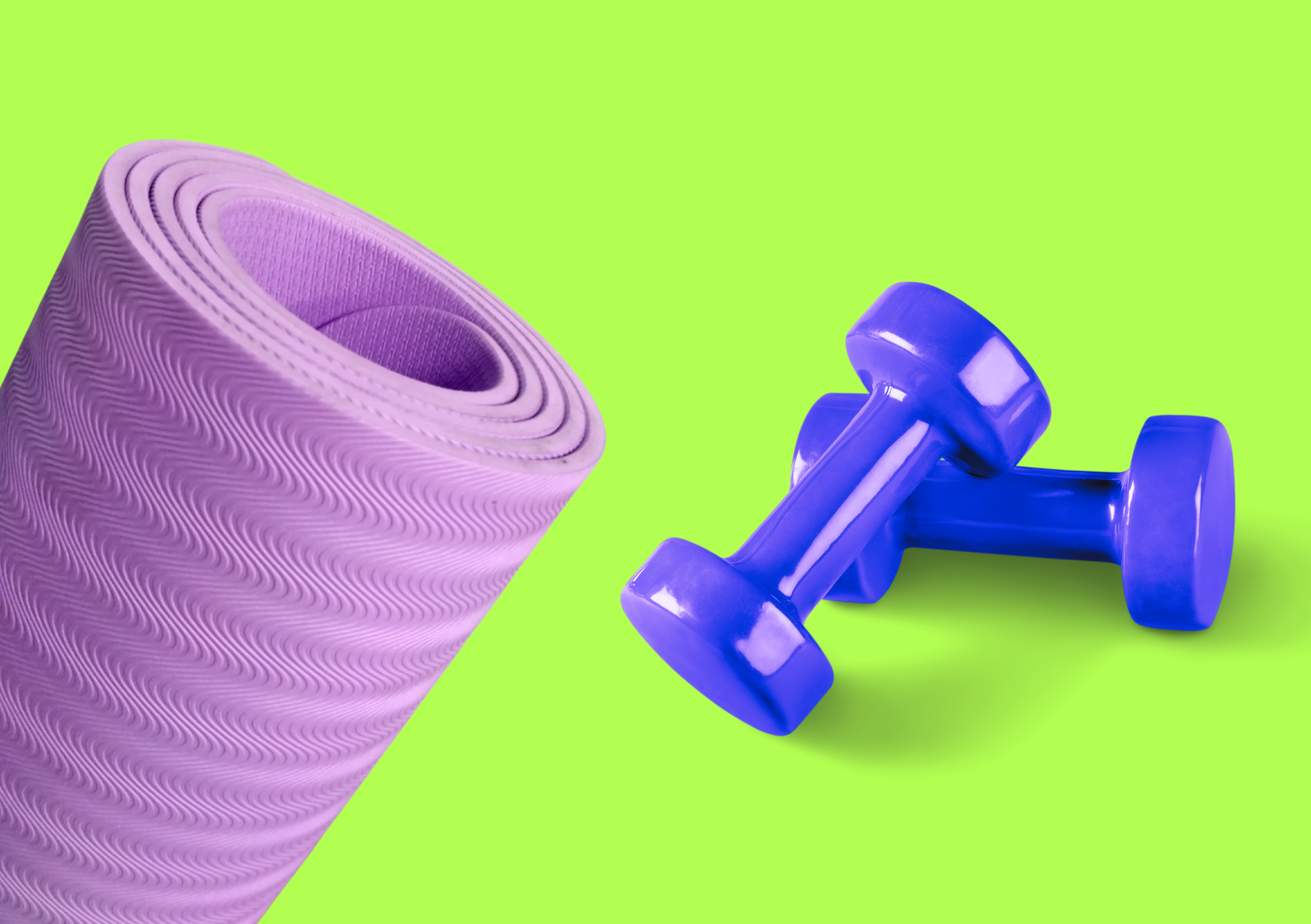Virtual reality (VR) has been gaining traction in the field of education, as a way to give students an immersive and interactive learning experience all from the comfort of the classroom. But what is it and how does it improve education?
Virtual reality is a computer-generated environment that offers a unique experience that can help students learn better. With VR, students can explore different places and gain hands-on experience. It also helps to make learning more engaging and interactive whether the student is a visual, auditory or kinaesthetic learner.
VR technology is already being used in various educational settings, from school classrooms to universities. For example, some schools are using it to teach foreign languages by allowing students to see the culture as well as learning the language, while others are using it for science experiments or to visit historical sites. Additionally, VR can be used to enhance textbooks, giving students visuals to better understand the concepts in the textbooks.

One of the most important applications of VR is in dyslexia and autism education. VR can help dyslexic individuals to better understand complicated topics by providing them with an hands on approach to learning which can help them better retain information. On top of this, studies have been carried out that suggest VR can also aid in teaching children with autism. It helps show them how to interact with others and learn new concepts in a safe and controlled environment. This can help them develop better social skills and build empathy.
To summarise, VR is new technology that has a lot of potential (and excitement) for education. It can help teachers create more captivating lessons for their students and provide them with a deeper understanding of the subject matter.
Is your school looking to give its students a more immersive experience in the classroom? Contact us on 01625 415 400 to see how we can help you to bring interactivity to your learning environment.








